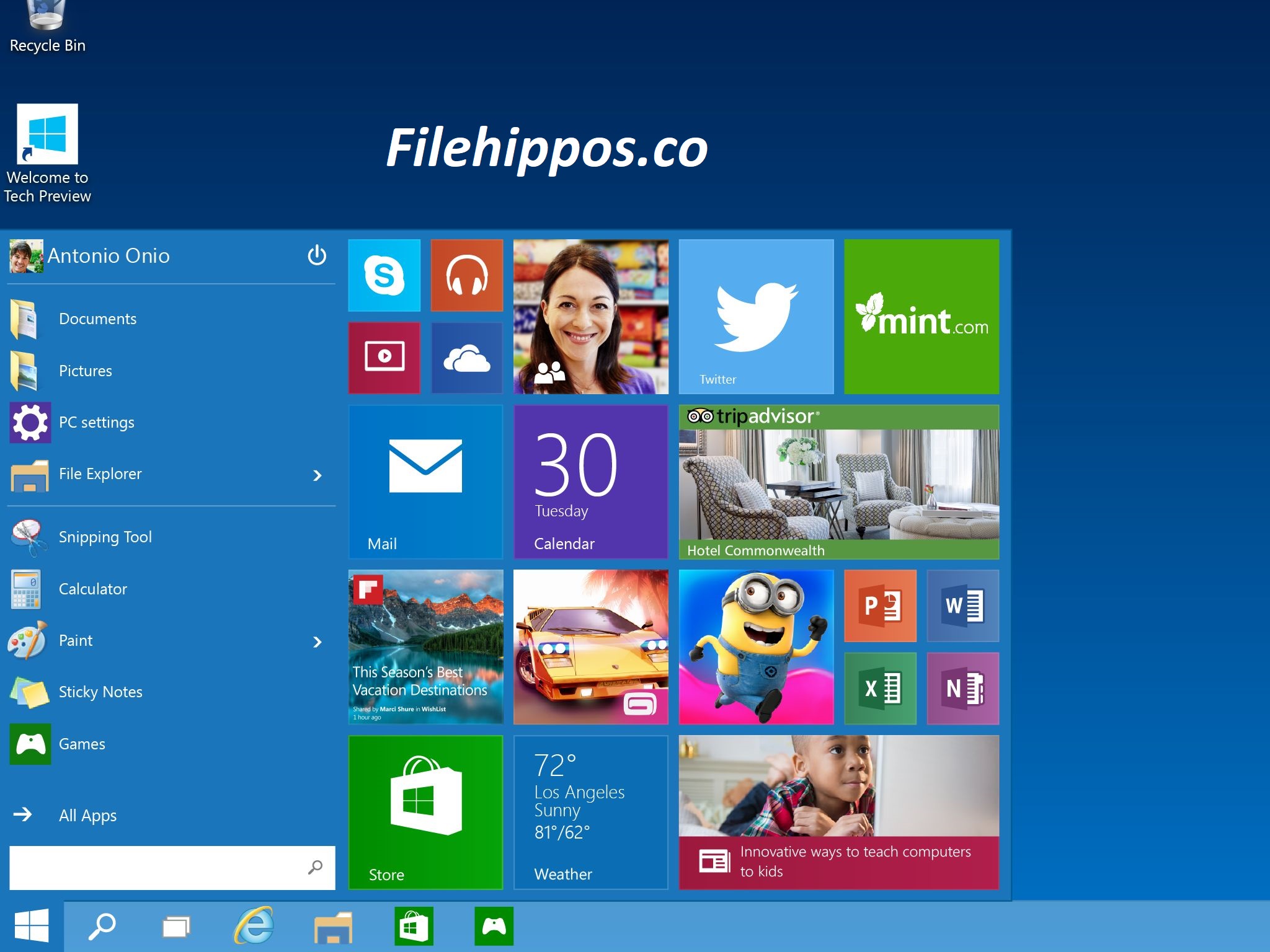When Windows 10 was first released in July 2015, it marked a major comeback from the mixed reception of Windows 8. A decade later, even with Windows 11 making headlines, Windows 10 continues to be widely used and trusted by millions around the world.Whether you’re a student, professional, or casual user, Windows 10 still holds its ground as a stable, user-friendly, and powerful operating system. In this post, we’ll explore what makes Windows 10 worth sticking with — and what to consider moving forward.
💡 Why Windows 10 Still Matters
1. Familiar and Easy to Use
From the Start Menu to the Taskbar, Windows 10 brings back familiar elements that users love. It’s intuitive and requires no learning curve — even for those upgrading from Windows 7.
2. Solid Performance
Even on older hardware, Windows 10 runs smoothly. It’s less demanding than Windows 11, making it ideal for machines with limited RAM or older processors.
3. Extensive App Compatibility
Whether you’re using legacy software or the latest productivity tools, Windows 10 supports a massive range of applications, making it perfect for work or play.
4. Strong Security (Still Getting Updates)
Microsoft continues to support Windows 10 with security updates until October 14, 2025. That means your PC stays protected with the latest patches and fixes — for now.
5. Customizable Interface
From dark mode and live tiles to multiple desktops and window snapping, Windows 10 offers features that help users tailor their environment to suit their workflow.
🛠️ Key Features That Made It Popular
- Cortana: A voice assistant integrated with Windows 10 (though now being phased out)
- Virtual Desktops: Great for multitasking and organizing workspaces
- Windows Hello: Facial recognition and fingerprint login
- Microsoft Edge (Chromium): A fast, secure browser built into the OS
- Game Mode: Optimizes system resources for gaming performance
- DirectX 12 Support: For enhanced gaming and graphics capabilities
✅ Pros of Windows 10
- Stable and mature operating system
- Supports most PC hardware and software
- Great multitasking features
- Wide user base and community support
- No forced hardware upgrades like Windows 11 requires (TPM 2.0, etc.)
❌ Cons of Windows 10
- Will reach end of support in October 2025
- Occasionally buggy updates
- Less modern design compared to Windows 11
- Microsoft Store still feels underdeveloped
🧭 Should You Still Use Windows 10 in 2025?
If your hardware doesn’t meet the requirements for Windows 11 or you’re just comfortable with what you know, Windows 10 is still a smart choice — at least until support ends.
However, after October 2025, using Windows 10 without updates could pose security risks, especially for users who rely on the internet, cloud storage, or external devices.
🏁 Final Thoughts
Windows 10 has been a workhorse for the PC world for nearly a decade. It balanced the sleek features of modern computing with the reliability of a classic Windows experience. While the future belongs to Windows 11 (and beyond), Windows 10 deserves credit for being one of Microsoft’s best operating systems to date.
How to Download Windows 10 (Official & Safe Method)
-
On the download page, scroll to “Create Windows 10 installation media”.
-
Click the “Download tool now” button.

